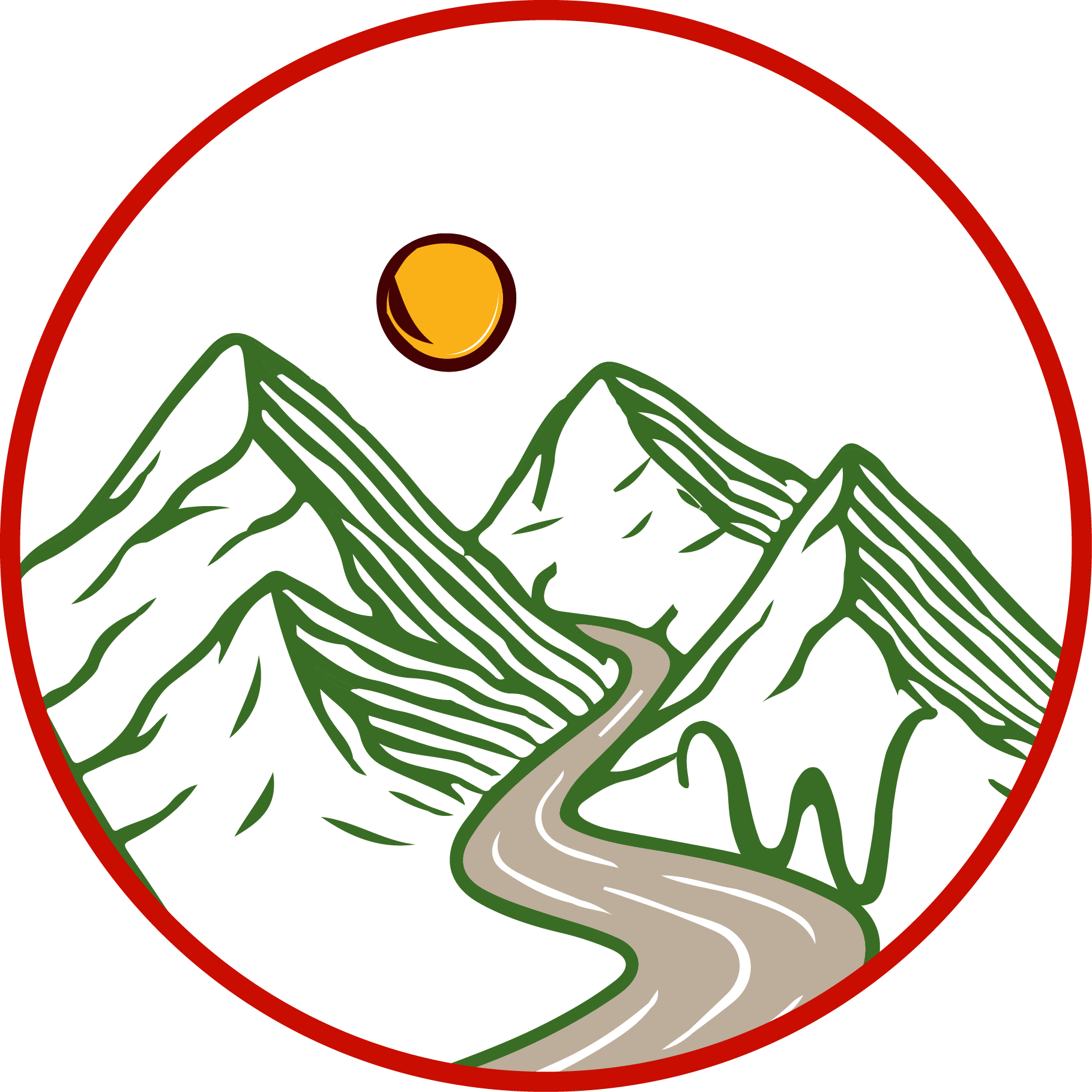Waywords Book Reviews
Quick Takes on My Reading SteveAtWaywords on Storygraph Steve Chisnell on GoodreadsEver since I retired from the public school classroom, I have voraciously been consuming titles new and those I regretted missing. And in keeping with my goals, I want to find the value of the widest range of reading. Here are many, rating them based upon their own purpose or ambition.
“The critic has to educate the public; the artist has to educate the critic.”
–Oscar Wilde
Quoted in Oscar Wilde, Art and Morality: A Defence of “The Picture of Dorian Gray” by Stuart Mason (ed.) (1908)
Charles Soule: “The Oracle Year”
This fast-paced comic-patterned novel is more about its chase scenes and old character types than any real exploration of its premise.
Aeschylus: “Prometheus Bound”
Sure, we know the basics of the story, but the reading reveals far more about the nature of power and the principles of loyalty , the methods of governance and the providence of resistance.
Daniel Clowes: “Ghost World”
Clowes’s graphic novel almost decides to settle on a narrative idea, but is mostly a rambling and mean-spirited series of hopelessness and downward punching sold as comedy or satire. The film, also by Clowes, repairs much of this.
John Ashbery: “Breezeway”
Don’t forget to put some kind of excerpt here! Use it for social media.
Lisa See: “Snow Flower and the Secret Fan”
Melo-dramatic romantic work into China’s older upper class of foot wrapping and class struggle. A peephole into this tiny space of China’s vast story is both trite and disappointing in narrative.
Geetanjali Shree: “Tomb of Sand”
Stunning commentary of aging, gender, perception, and more through remarkable language play and magical realism. Slow down and enjoy what unfolds!
Marge Piercy: “Woman on the Edge of Time”
Piercy’s 1970s work anticipates and moves forward today’s attitudes on gender and sexuality, environment and lifestyle, though the story itself struggles to align itself with that significance.
Barbara Kingsolver: “Small Wonder”
Kingsolver’s collection–while over 20 years old now and occasionally quaint in its positions–still feels fresh, vital, and more and more necessary.
Vikings! Classic Works
Grab a log by the campfire for two raunchy and outlandish tales of old world heroes, giants, and magic. And the two brief historical documents that relate Leif Erikson’s journey are both quite approachable.
Yasunari Kawabata: “Palm-of-the-Hand-Stories”
Not short fiction exactly, but moments for reflection, written across the poetic author’s lifetime from the 1920s to the 1970s. A fascinating collection for a slow reading.
Aldous Huxley: “Ape and Essence”
Huxley’s follow-up to “Brave New World” replaces the seeming benign society with a post-nuclear apocalypse examination of morality. The layered psychedelic experimental fiction is often a miss, but the raw story proposes some distressing questions for all of us.
Mariko Tamaki: “Skim”
Tamaki’s adolescent struggles are as much everyone’s, the jaded and vulnerable ways we seek love, the conflicting and private ways the world responds. A marvelous and sensitive story!
James Tynion IV: “Something Is Killing the Children” Vols 1-7
What is otherwise a terrific premise with powerful artwork leans too heavily on trite boss-battle tropes while sacrificing thoughtful backstory and mythos.
James Joyce: “Collected Poems”
An effort almost contrary to Joyce’s prose dexterity, much of this could be described as traditional verse with only occasional tentative stretches into more subtle or multi-layered territory.
Tess Taylor: “Work and Days”
Taylor’s (post-)pastoral works expose a year of simple planting against our imposing, looming days of terror and despair. What results is genuine and dynamic, a dialogue with the present and–dare we believe it–solace.
Angie Thomas: “The Hate You Give”
A call to action, a current and savvy microcosm of police violence and race, a tightly written story that risks not outlasting the problem it addresses.
Catherine Leroux: “The Future”
Leroux’s fascinating, slow maze of women and magic in this alt-history of Detroit offers not just a glimpse of our social future in a climate crisis but something that also powerfully endures.
Nnedi Okorafor: “Noor”
Okorafor’s novel is tightly-written but with powerful world-building, focused on the plight (and power) of those marginalized in the race for progress.
Paul Lynch: “Prophet Song”
Lynch’s suffocating prose captures the experience of civilians who wait too long, denying a democracy’s fall.
Van Loon: “Observations on the Mystery of Print”
Van Loon succeeds in not only offering a concise history of ancient printing and invention, but usurping most of our mythology around Joann Gutenberg. An illuminating short read from 1937 that openly declares that it is not anti-German.
“Black Hole” by Charles Burns
Burns’ graphic novel is a distressing examination of 1970s drug and sex culture, but far more is an allegory for alienation, identity, and the choices we make in a society which feeds on indecision.
“Babel-17” by Samuel R. Delany
Delany’s novel about a language designed to be a weapon is spot on, a fascinating and tightly-written experimental story on the Sapir-Whorf hypothesis: that language conditions our realities.
“In Fact: Creative Nonfiction” ed. by Lee Gutkind
Despite its boasting intro and awkward author notes, this collection of interesting essays is a comfortable read, enlightening, entertaining, but not revolutionary for the genre.
“In Ascension” by Martin MacInnes
Yes, it can feel slow-moving, but MacInnes asks us to pause and immerse, because these small “subplots” along the way reveal their cosmic-level significance for all of us. A novel of environmental politics? Of spirit? Of more?
























